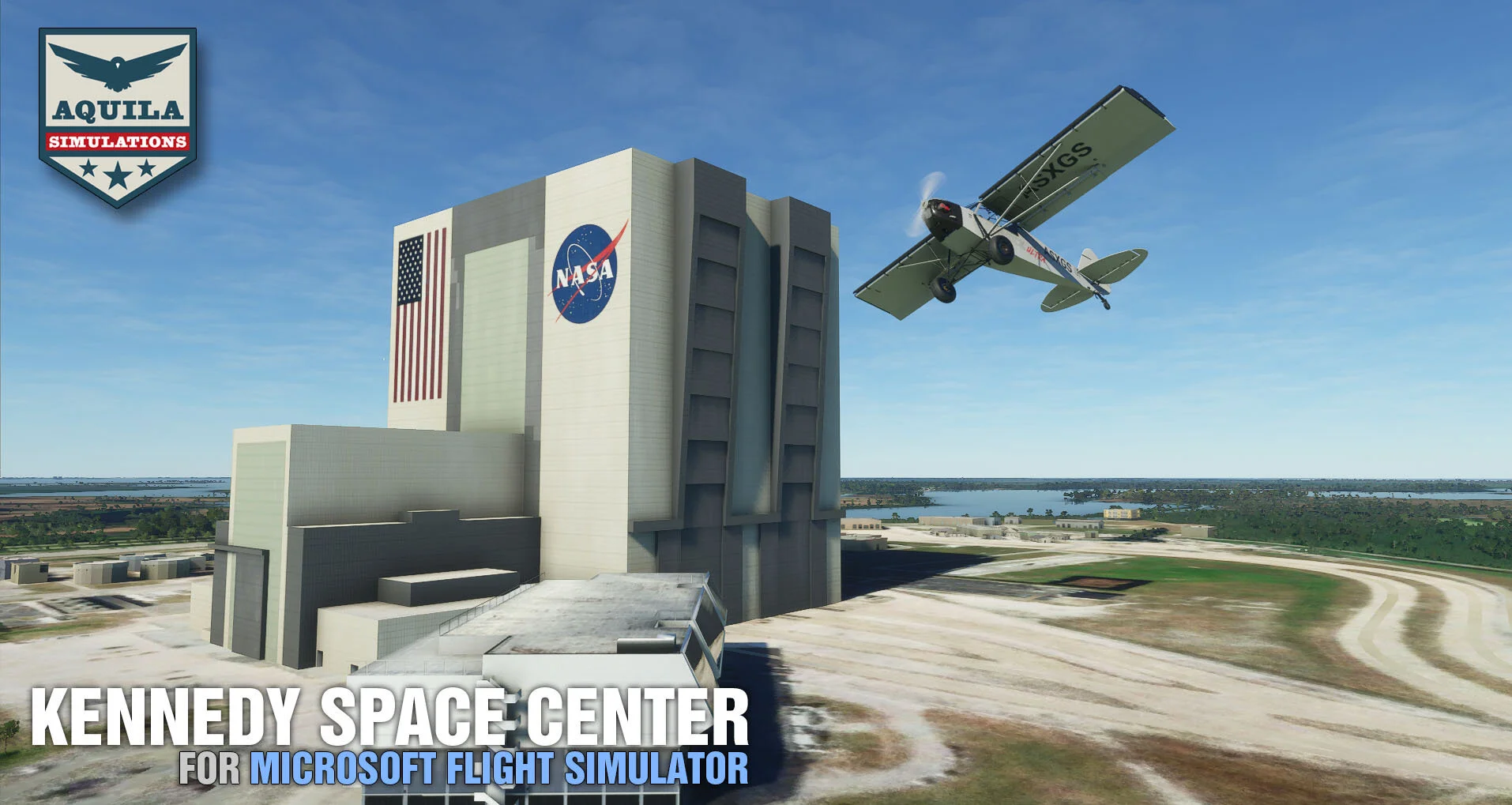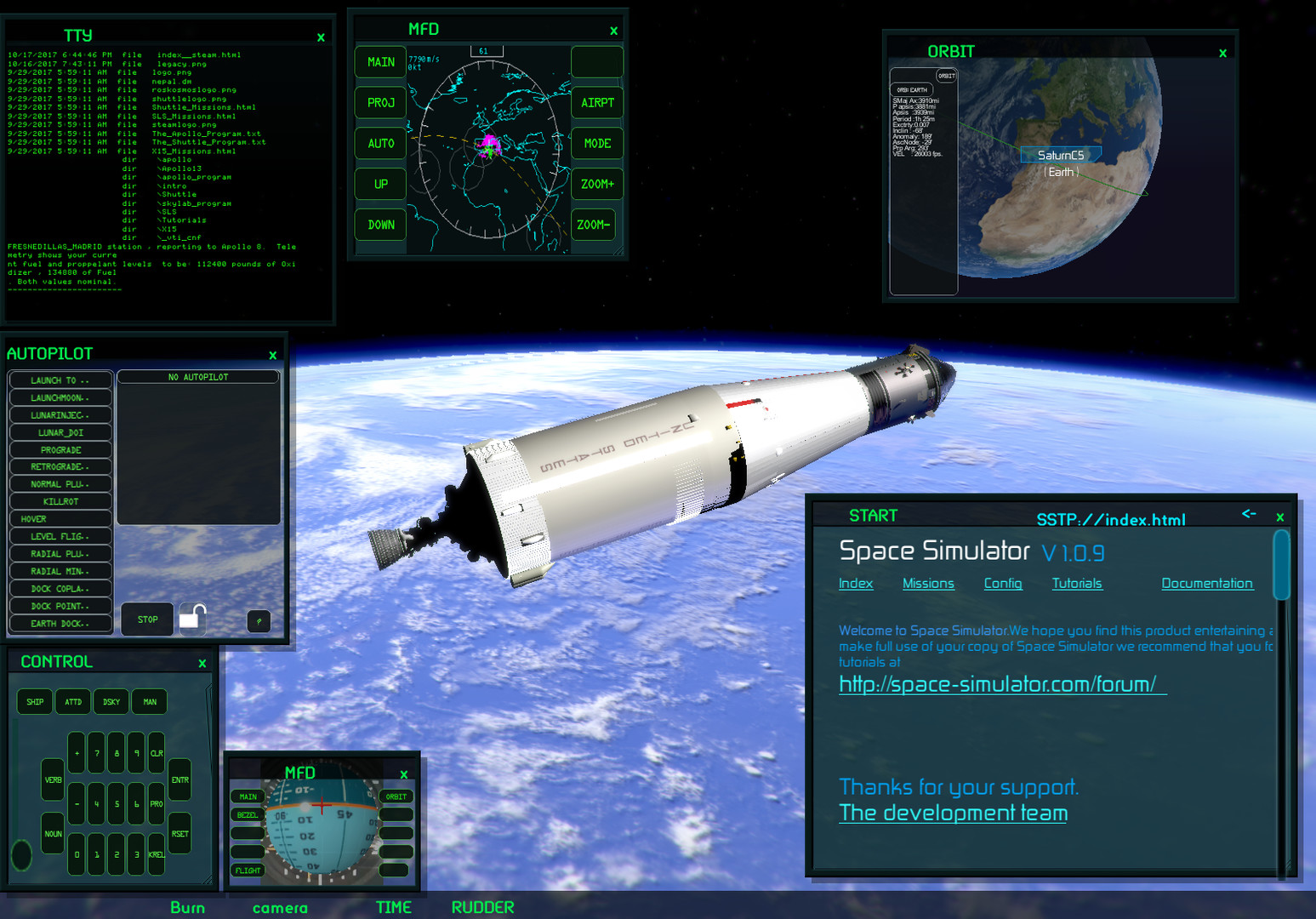
Object name, an identifier, position, orientation, heading, and velocity and receiving federate displaying incoming data either as text, a graph, orĪnimation of a 3D model and procedure documentation. Integrated demonstration with two HLA federates, if possible, that send and receive federates exchange data between federates with an
#Tl wn727n v4 code#
Source code for the HLA interface to space mission simulator, asteroid database, or data visualizer which includes an interface with a modular design toĮnable reusability data with location, orientation, heading, velocity source code with comments and documentation and language compatible with the RTI,Į.g., Java or C++. Here are some ways for you to frame this solution: If the application is a data visualizer, theĪssociated federate receives data from another federate and updates the visualization.
#Tl wn727n v4 simulator#
If the HLA interface is for a space flight simulator then an associated federate can get data from the simulator and send the data to anotherįederate that displays the data as text, or a graph, or drive the position of 3D objects in a display. The HLA Interface by producing computer simulations or “federates”, a federate publishes and sends data and another federate subscribes to and receives theĭata. Write Java, C++, or modeling code to implement an interface between the simulator, asteroid database, or data visualizer, and an HLA federate. Interfaces for these systems would enable the integration of distributed space mission simulations. (GMAT), other simulators and physics-based game engines, and asteroid databases such as the Minor Planets Center Orbit Database (MPCORB). You can use NASA’s General Mission Analysis Tool UsingĬode libraries provided by the RTI and commands specified by the API or documentation, developers can produce a reusable HLA interface between theĪctivities associated with this challenge include identifying space mission simulators, game engines, asteroid databases, data visualizers that offer anĪpplication Programming Interface (API) or a communications link that could benefit from an HLA interface. Space mission simulators, asteroid databases, and data visualizers provide Application Programming Interfaces (API), or telecommunication functions.
#Tl wn727n v4 free#
The PoRTIco Project provides a free 2000 version of the HLA RTI. The Simulation Interoperability Standards Organization (SISO), the IEEE 1516-2010 High Level Architecture (HLA) Evolved standard enables communicationĪmong computer models, or “federates”, that join a “federation” via a Run Time Infrastructure (RTI). Originally developed by the Department of Defense (DoD), standardized by the Institute of Electrical and Electronics Engineers (IEEE), and maintained by Create space mission simulators, asteroid databases, and data visualization applications with an HLA interface. The High Level Architecture (HLA) protocol enables exchange of data among computer models at locations around the Internet, and the production ofĭistributed simulations. Would integrate a variety of simulators, game engines, databases, and data visualizers into a mission simulation that is distributed across the Internet. This challenge is to create a solution that

Though a few simulators and gameĮngines provide a networking capability, they can only exchange data with other copies of the same application. However, mission simulations can be limited to a single computer. Each applicationĮxcels at certain aspects of a mission: one simulator is great at propulsion, another provides the capability to create the spacecraft cockpit, and theĪsteroid databases provide details about the ephemera.

Asteroid missions come together thanks to space mission simulators, physics-based game engines, asteroid databases, and data visualizers.


 0 kommentar(er)
0 kommentar(er)
